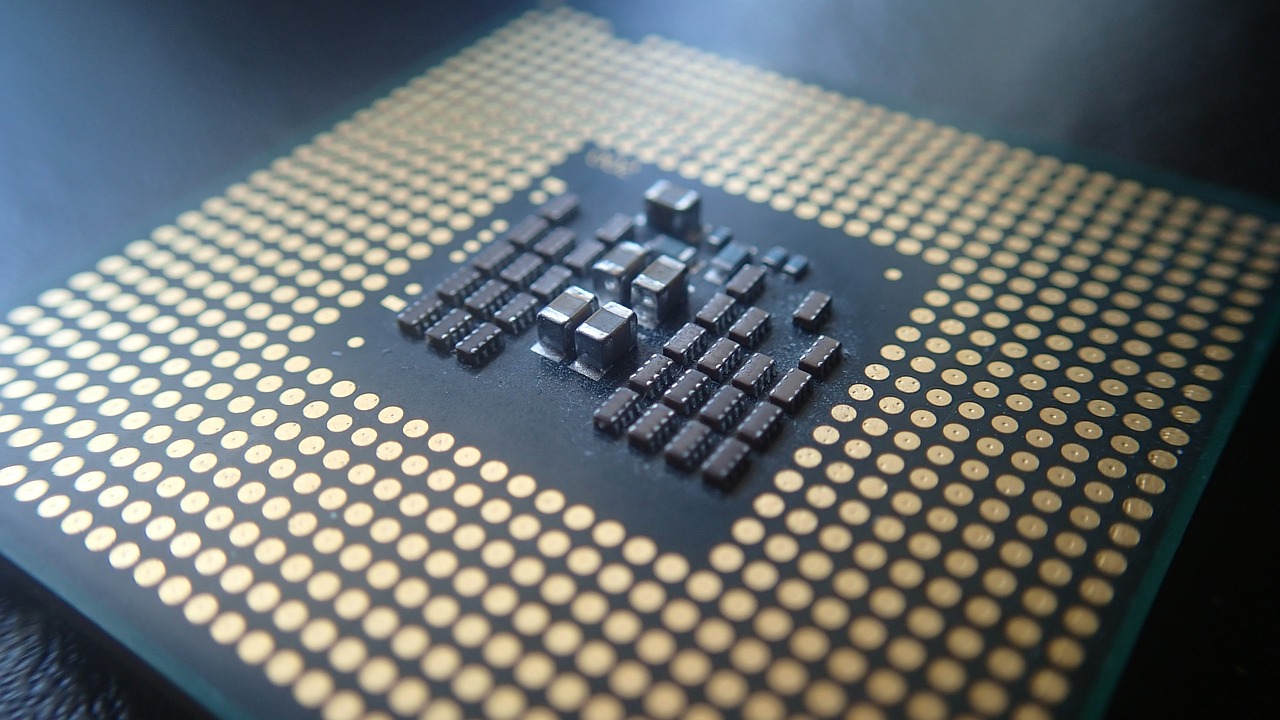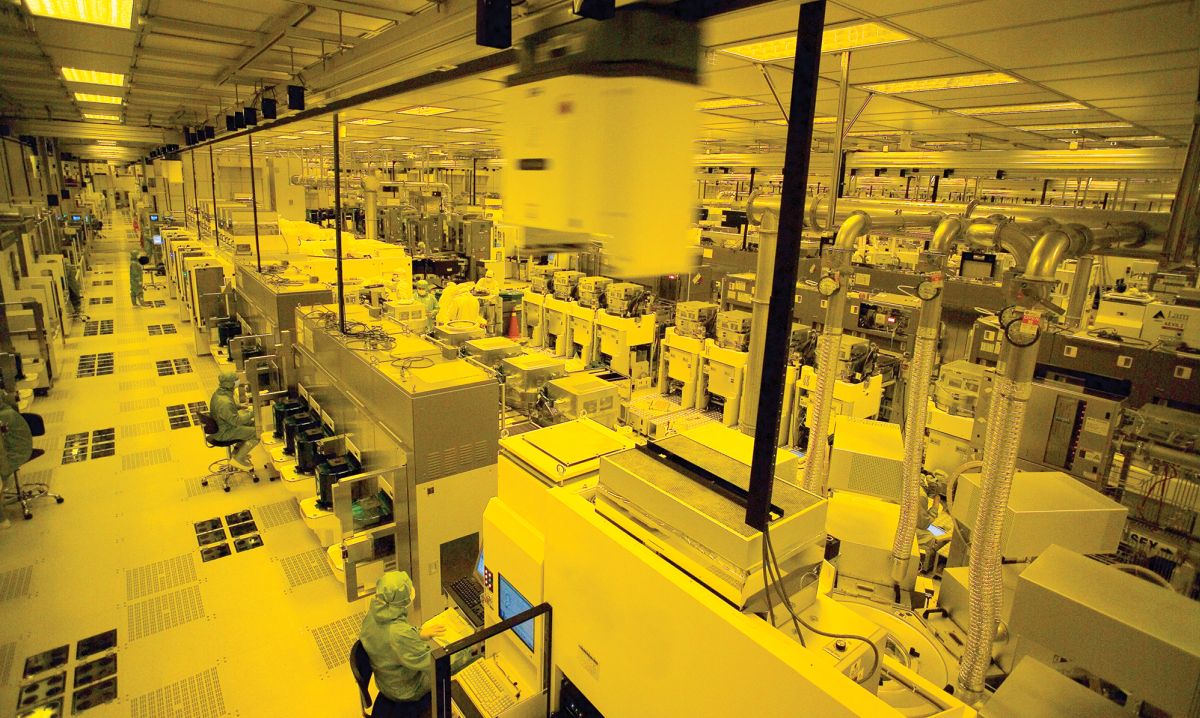The US recently imposed a new ban on China, this time targeting the latter’s semiconductor manufacturing and economic ambitions. According to two major equipment makers from the brand, the ban effectively disallows any gear capable of fabricating chips in sizes of 14nm and smaller, to be supplied to the Chinese foundry, Semiconductor Manufacturing International Corp (SMIC), and to do will require a license.
As a rule of thumb and for the uninitiated, the smaller the nanometre number of the die lithography of the semiconductor chip, the more advanced the process it is. In this case, Washington clearly doesn’t want China and its homegrown factories to be capable of manufacturing anything more advanced than their own companies.

On another note, the latest rounds of restrictions also come just as SMIC had a breakthrough in its own development of 7nm chips. It’s both an impressive and important feat for the manufacturer and one that was reportedly only possible after it allegedly poached engineering talent from Taiwan. Adding on to that, it also seems that SMIC’s success was achieved by supposedly copying TSMC’s first generation 7nm process node.

Washington’s latest ban on semiconductor manufacturing equipment may not just affect SMIC alone; as it stands, non-Chinese brands such as Samsung, SK Hynix, UMC, and of course, TSMC, all have foundries and manufacturing plants based in China, and as it stands, that ban affects all factories currently within China. For another matter, the restrictions also come just as the US Senate recently passed a US$52 billion (~RM231 billion) bill, aimed at helping US-based chipmakers such as Intel and Micron.
Unsurprisingly, Samsung and TSMC also want in on that pie, but given that they both are operating in China, gaining access to said funds may prove a tad more challenging.
Follow us on Instagram, Facebook, Twitter or Telegram for more updates and breaking news.


